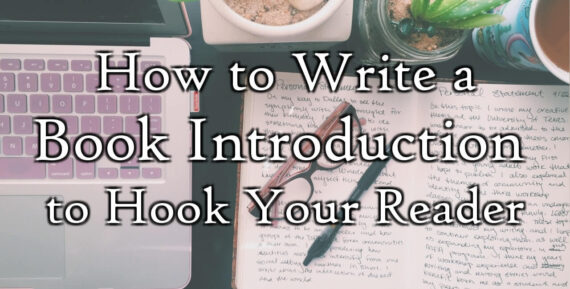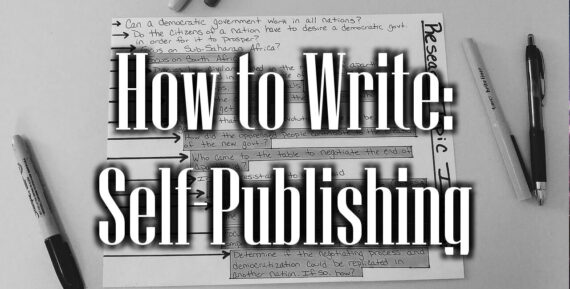How to Write the Book Introduction to Hook Your Reader
When people are looking for new books to explore, there are three elements that get their attention: The cover The text at the back of the cover The introduction You’ll think about the first two elements after you write the book. The introduction, however, has no time to wait. All great books start with greatness.…

